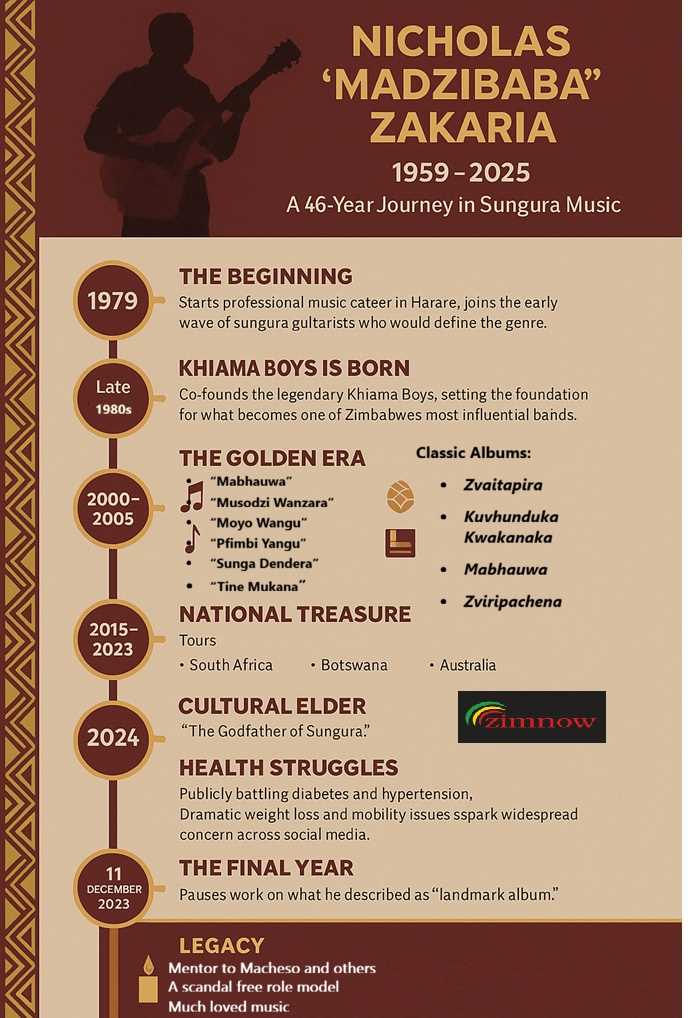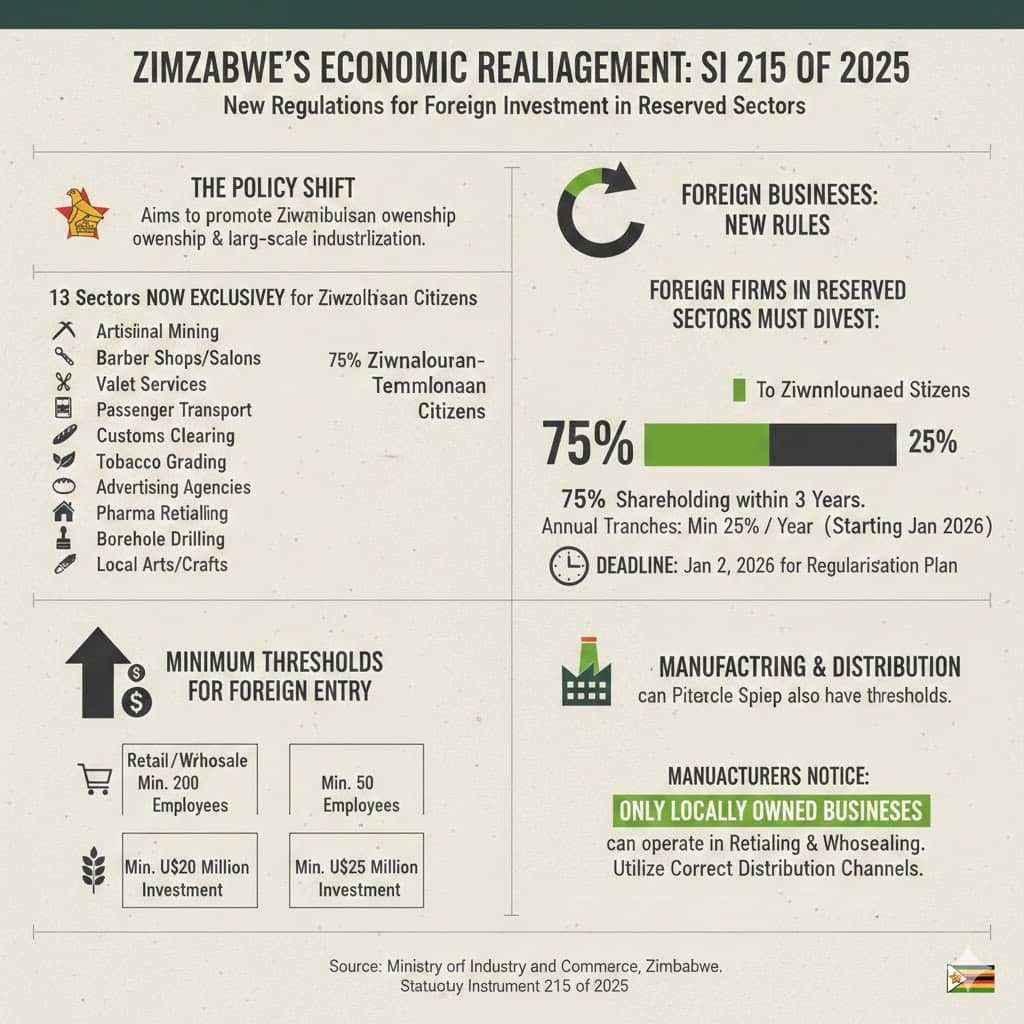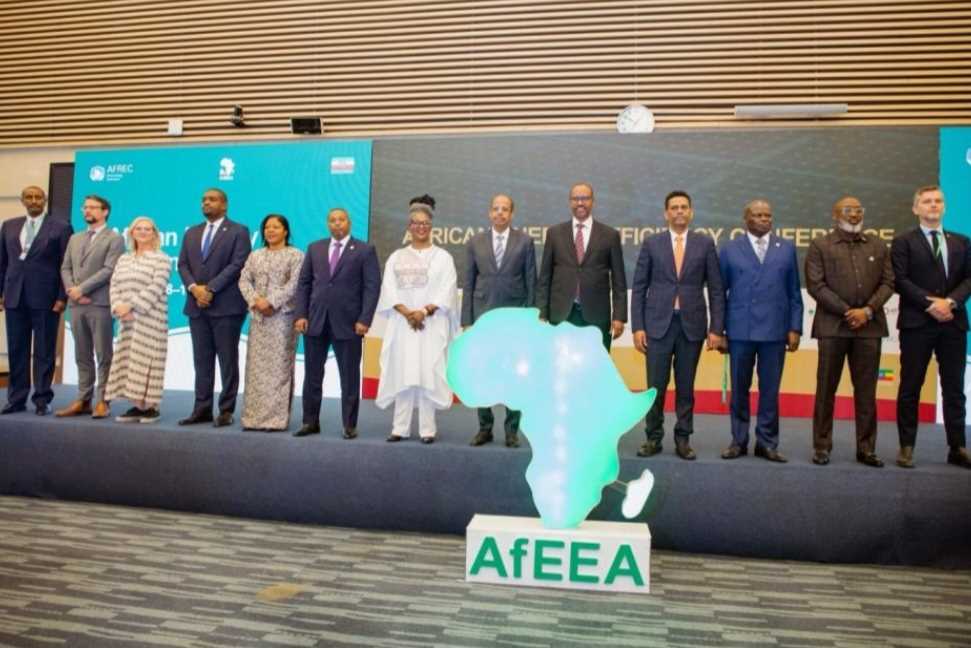Oscar J Jeke- Zim Now Reporter
Zimbabwe’s manufacturing sector is facing continued stagnation, with nearly half of its industrial capacity lying idle, according to the latest Manufacturing Sector Survey by the Confederation of Zimbabwe Industries.
The report, based on data from 355 companies, paints a bleak picture of declining productivity, outdated infrastructure, and constrained foreign currency access.
“Capacity utilization dropped to 52.3% in 2024, down from 56% in 2021,” the report stated, attributing the downward trend to deepening structural inefficiencies and underperformance across the sector.
Although investment in the sector increased to US$128.7 million in 2023 from US$101 million in 2022, overall output still declined by 0.5%. Small manufacturing firms were the most affected, with the report highlighting that only 5% of total output was exported.
High production costs, stiff competition from cheaper imports, and restrictive forex retention policies were cited as major obstacles to export growth.
Related Stories
“The average age of Zimbabwe’s manufacturing plants is now 17 years, with 30% of factories older than two decades,” the CZI said. “The most successful players are those with newer facilities established in the last five years.”
Concerns also emerged over Zimbabwe’s readiness to compete under the African Continental Free Trade Area, with 42% of surveyed manufacturers expressing doubt about the country’s competitiveness in a liberalized trade environment.
“The lack of readiness is primarily due to high production costs, obsolete equipment, and a burdensome tax regime,” the report said, adding that an increasingly complex regulatory environment is discouraging investment and limiting industrial growth.
Access to foreign currency remains a key challenge. The report noted a growing reliance on self-generated forex, with 83% of manufacturers now sourcing currency through their own sales—up from 76% in 2023. Only 8% of respondents accessed forex through formal channels, while just 3% resorted to the parallel market, a sharp drop from 15% the previous year.
The economy’s continued dollarisation was also highlighted, with the US dollar accounting for 86.6% of money in circulation by December 2023.
With both capacity utilization and export competitiveness on the decline, the CZI urged government and key stakeholders to address fundamental challenges—chief among them being infrastructure development, tax policy reform, and regulatory streamlining.
“Revitalizing Zimbabwe’s manufacturing sector will require bold reforms and a renewed commitment to industrial development,” the report concluded.


















Leave Comments